ASUS Z97-A Motherboard Review
Subsystem Testing and Gaming Benchmarks
Six SATA3 connections on the ASUS Z97-A are provided by the Intel chipset.
All six USB 3.0 ports are natively provided by the Intel Z97 chipset but ASUS provides enhanced USB 3.0 functionality via AI Suite III which improves transfer rates beyond the USB 3.0 standard:
On-board Audio
Before proceeding with audio benchmarks, Deferred Procedure Call latency must be first checked to make sure that the system is capable of producing useable results when the Rightmark Audio Analyzer benchmark was run. DPC is a Windows function that involves prioritizing tasks within the OS and high DPC latencies can be caused by several things including hardware device conflict. The DPC checker graphically displays the latency level of the system in real time so as long as the bars are in the green, the system should be able to handle audio and video streaming without drop outs or stutters.
Absolute maximum peaked at 135 while the system for the most part stayed well below that, so now we can run RightMark Audio Analyzer tests. Unfortunately, the ALC892 is incapable of receiving 24-bit 96kHz and 192 kHz in the Line-in so tests are conducted in 16-bit. The ALC892 codec itself has 24-bit 96kHz and 24-bit 192kHz output capability but this shows why this test should be always conducted on a good discrete soundcard so maximum output can be measured. This test section will be redone once proper equipment has been purchased, for now you can check out the 16-bit RMAA benchmarks.
| 16-bit, 96 kHz | ||
| Frequency response (from 40 Hz to 15 kHz), dB |
+0.00, -0.06
|
Excellent
|
| Noise level, dB (A) |
-90.3
|
Very good
|
| Dynamic range, dB (A) |
90.2
|
Very good
|
| THD, % |
0.0058
|
Very good
|
| THD + Noise, dB (A) |
-77.0
|
Average
|
| IMD + Noise, % |
0.015
|
Very good
|
| Stereo crosstalk, dB |
-86.0
|
Excellent
|
| IMD at 10 kHz, % |
0.012
|
Very good
|
| General performance |
Very good
|
|
| 16-bit, 192 kHz | ||
| Frequency response (from 40 Hz to 15 kHz), dB |
-0.00, -0.09
|
Excellent
|
| Noise level, dB (A) |
-90.8
|
Very Good
|
| Dynamic range, dB (A) |
90.7
|
Very Good
|
| THD, % |
0.0058
|
Very good
|
| THD + Noise, dB (A) |
-77.3
|
Average
|
| IMD + Noise, % |
0.015
|
Very Good
|
| Stereo crosstalk, dB |
-84.4
|
Very Good
|
| IMD at 10 kHz, % |
0.012
|
Very Good
|
| General performance |
Very good
|
|
Network Connectivity
Network testing was conducted with a 4-port Cisco E3200 Gigabit Dual-Band Wireless N router and a pair of 10-ft long Cat5E cables connecting the server PC and the test motherboard. The server system is running an Intel Core i7-3960X processor on an ASUS P9X79 WS motherboard with an Intel 82574L Gigabit LAN Controller. Interrupt Moderation was disabled.
I218-V Gigabit LAN:
Extremely good results with the Intel Gigabit LAN. The biggest advantage of using Intel Gigabit ethernet is that CPU utilization is very low, peaking at 1% CPU load unlike Realtek implementations which can use up to 12% in some instances. Both jPerf and Performance Test Network Speed Graph display a smooth transfer rate with no dips and starting at a high rate already from the get go.
Gaming Tests
Futuremark’s 3DMark is a semi-synthetic gaming benchmark that calculates both graphics and CPU-bound physics in a controlled series of tests and provides scores that can be compared with other gaming platforms. Since this is a motherboard benchmark, the CPU score is what is the most relevant with Physics scores advancing forward per MHz added to the CPU frequency. 3DMark Firestrike, 3DMark 11 performance preset and 3DMark 11 Extreme preset were used.
Instead of showing real-world gaming performance, a gaming test at the lowest resolution where CPU performance difference can be gauged due to the reduced reliance on the discrete GPU was conducted.
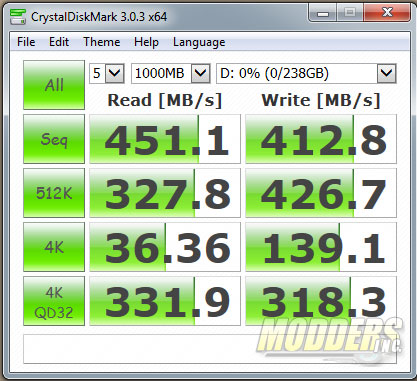
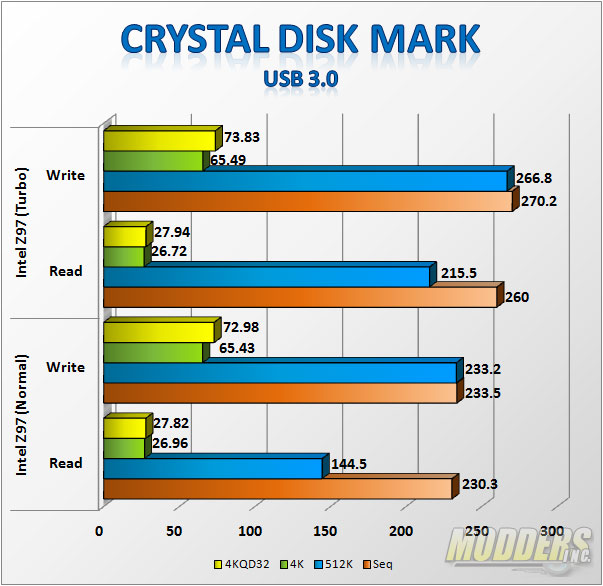

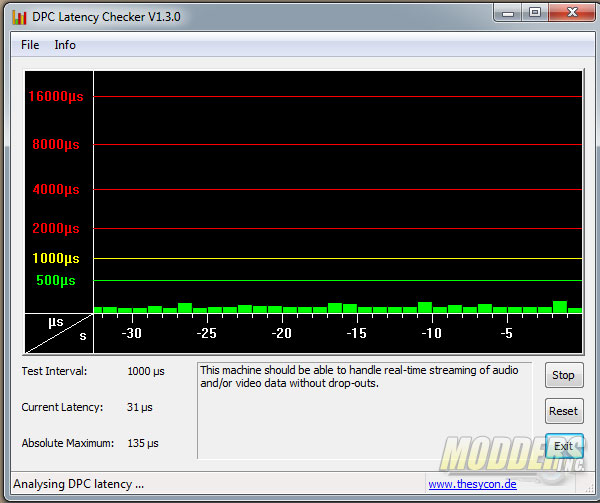
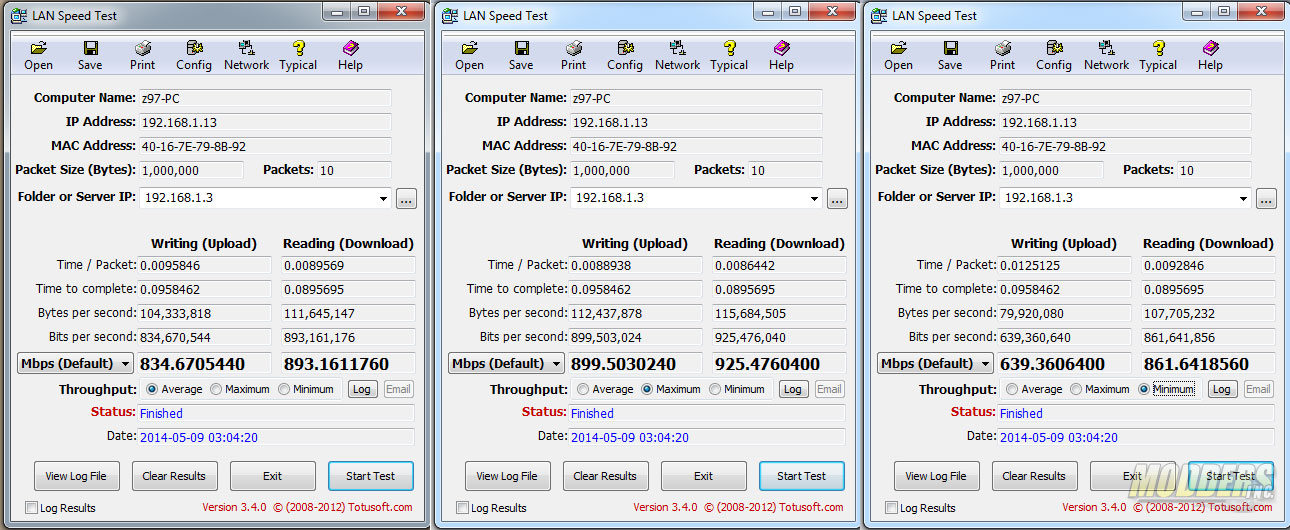
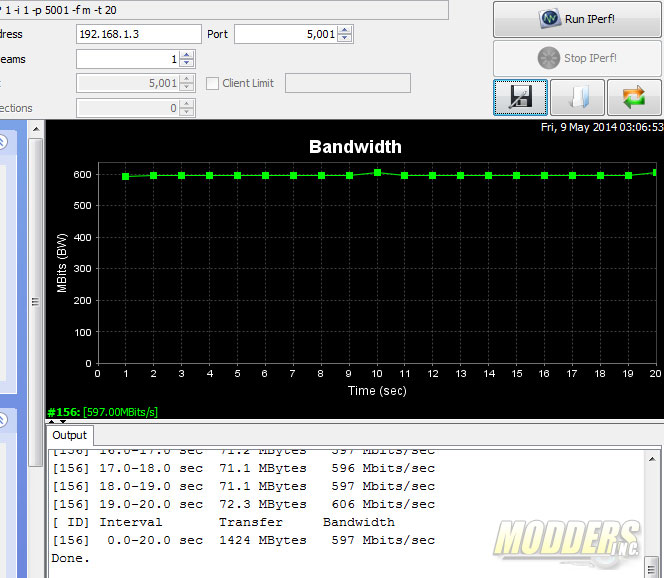
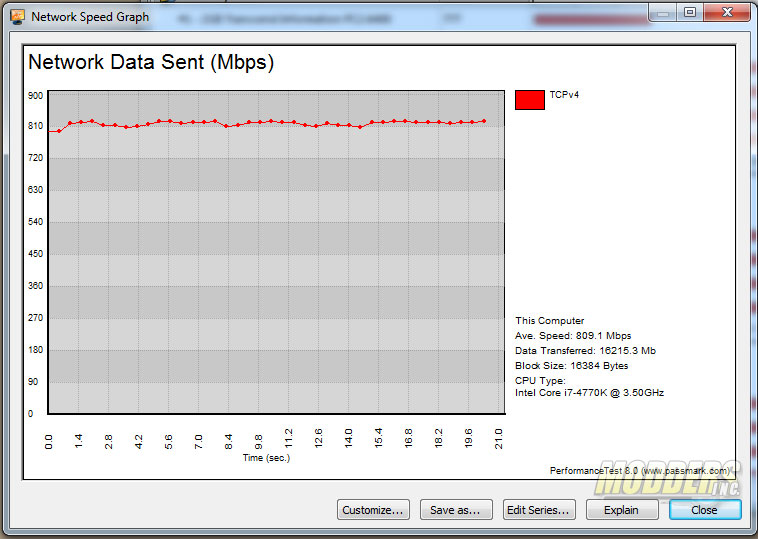
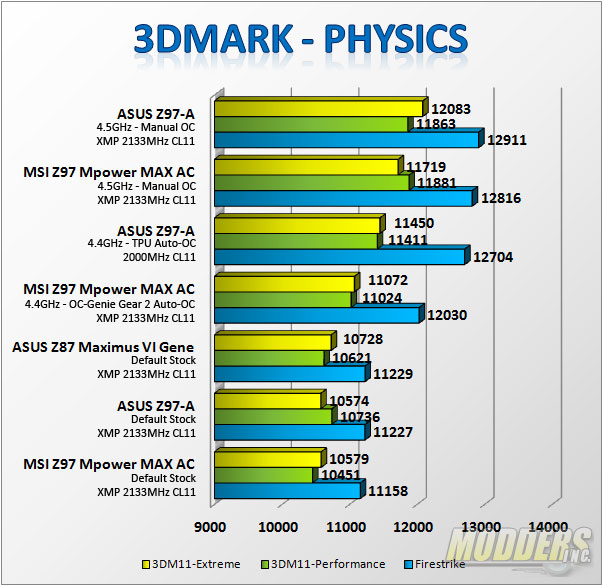
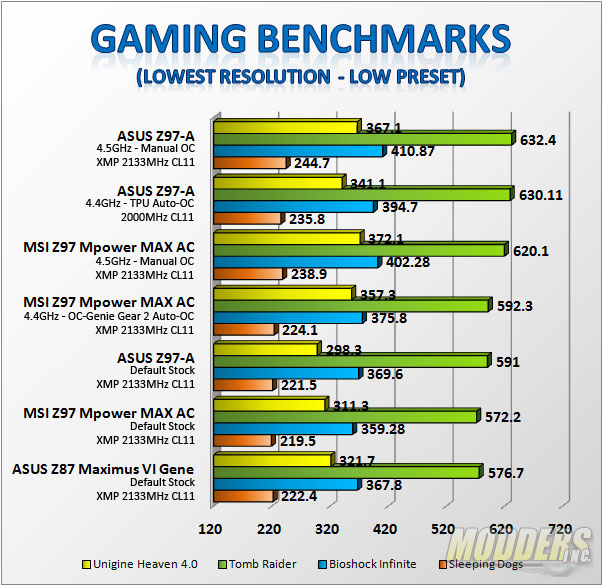
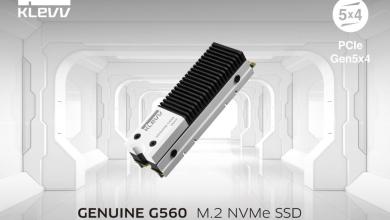

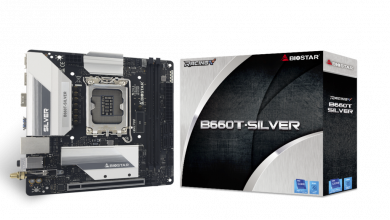
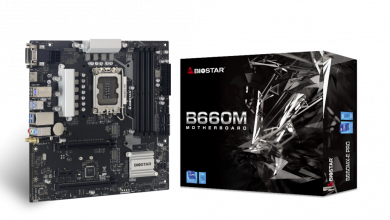
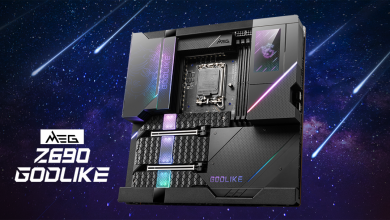


Boughts one!
I hope they imrpove the board’s gaming performance by bios, i have read a review where this board resulted to lag behind some old boards like GA-z87x-d3h and MSI gaming series…